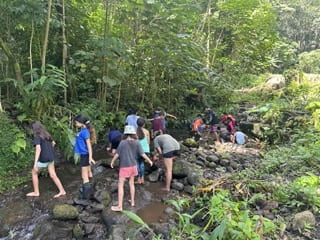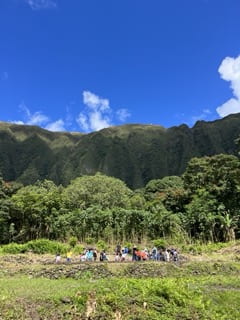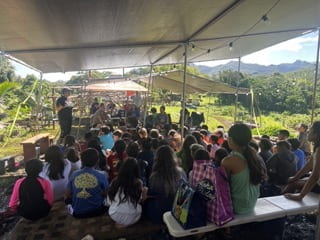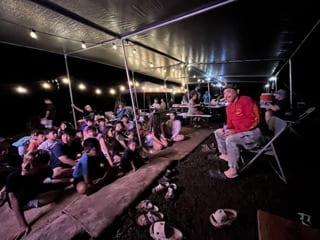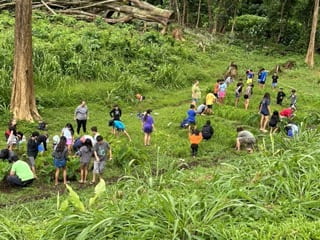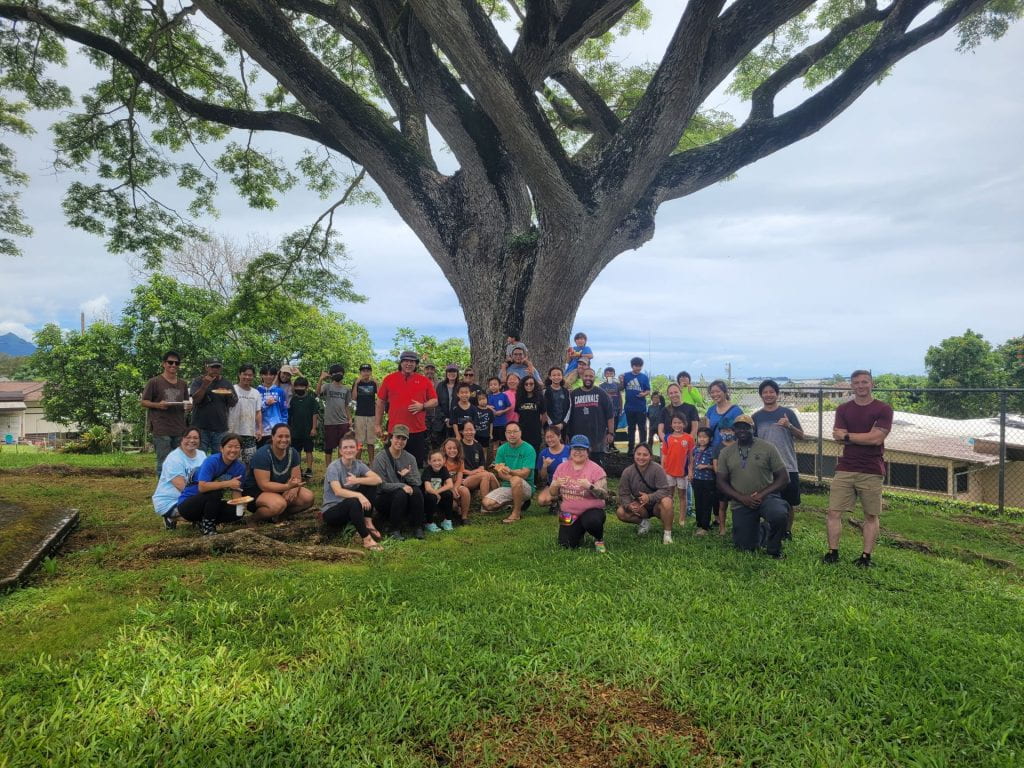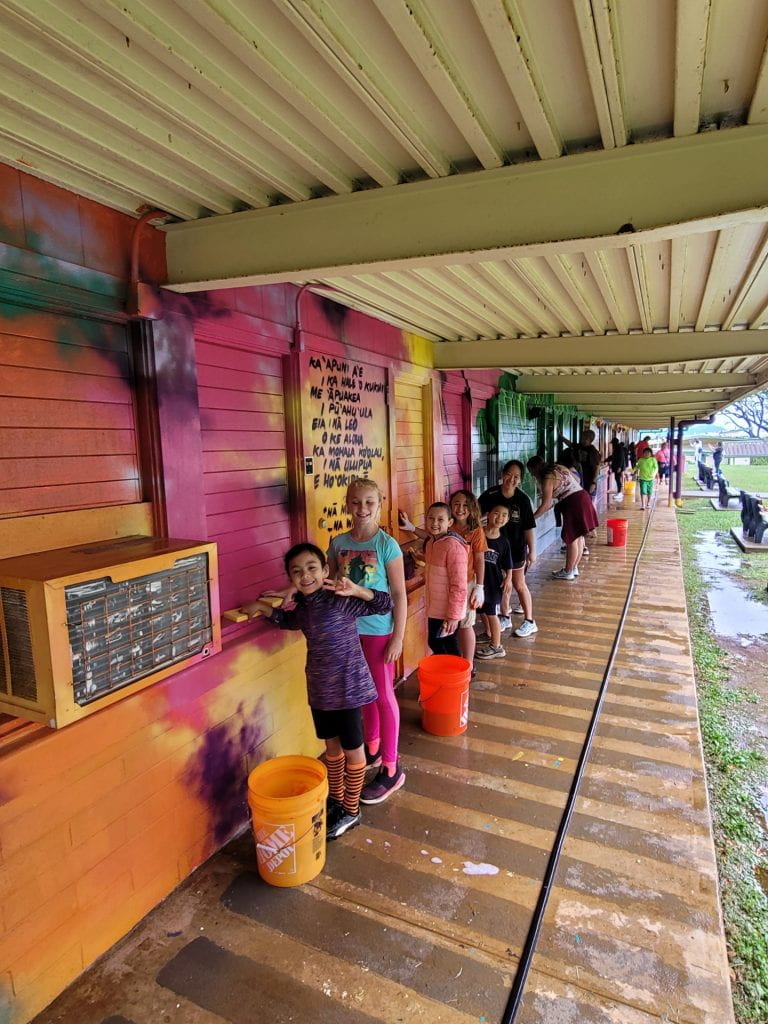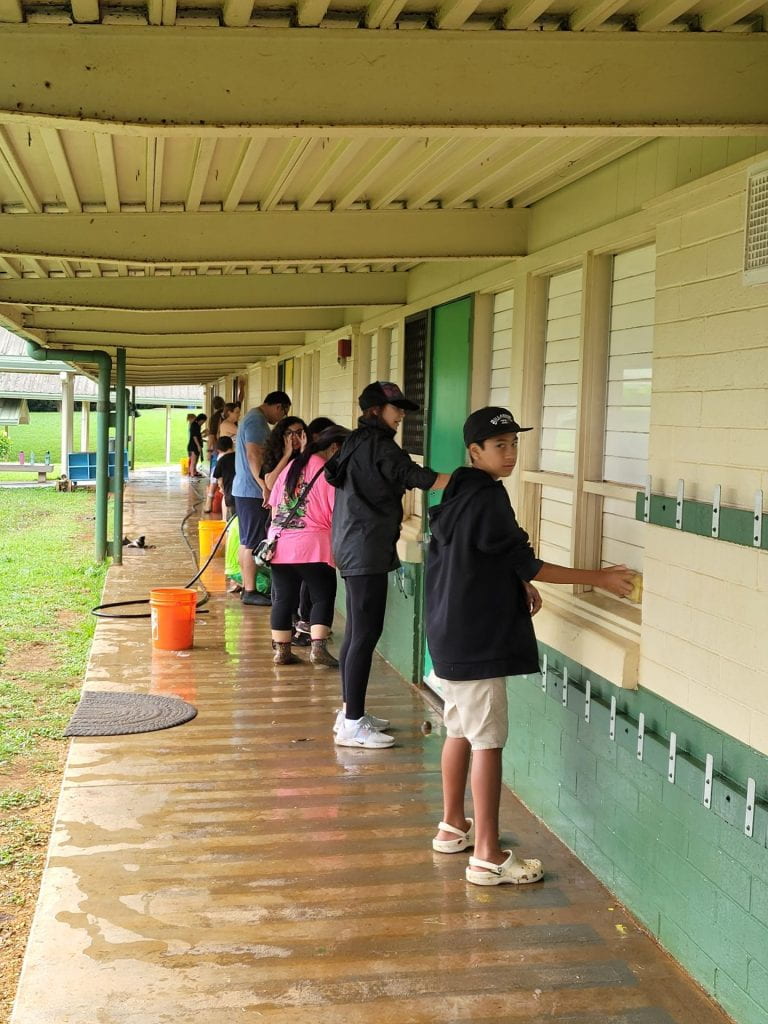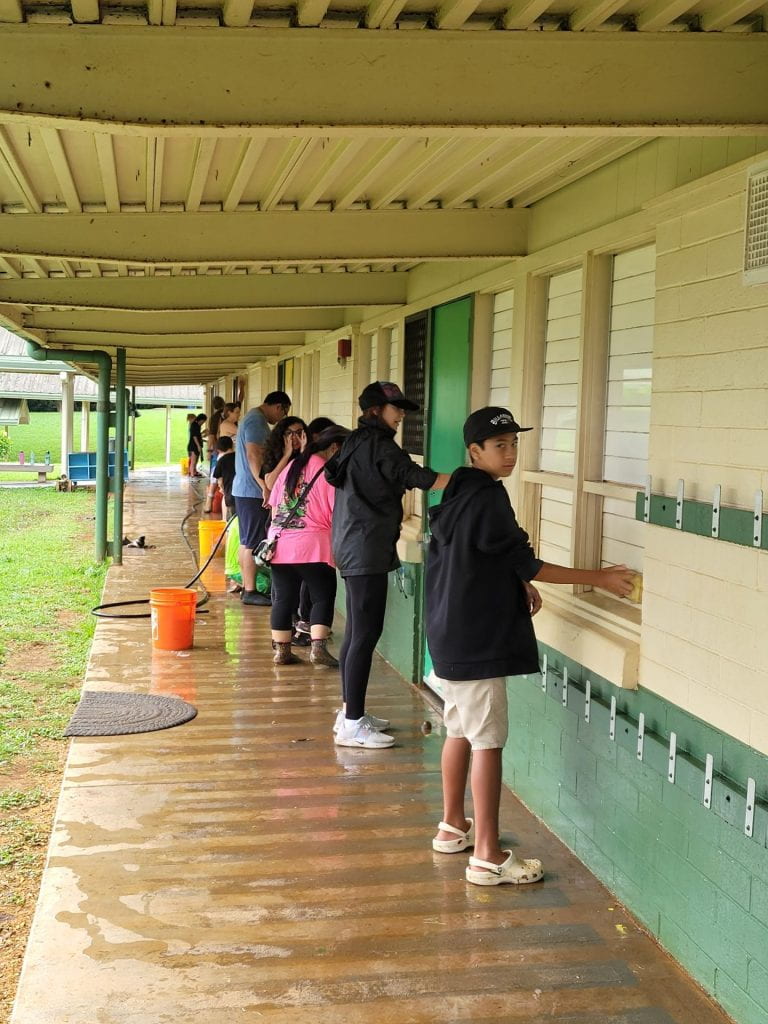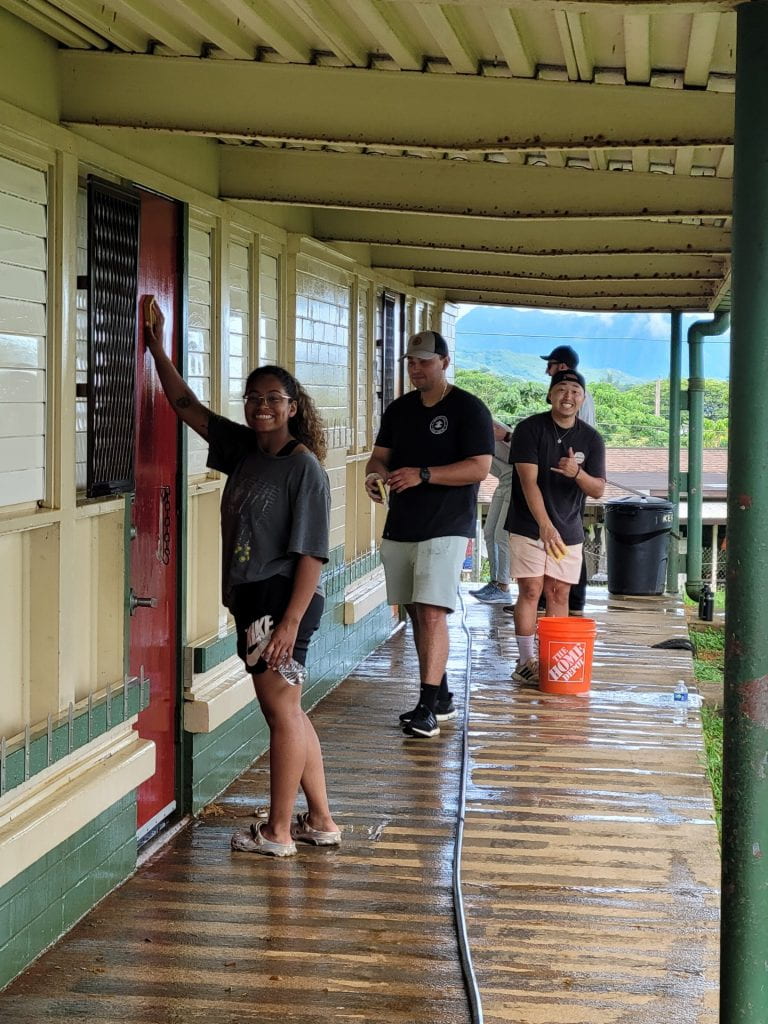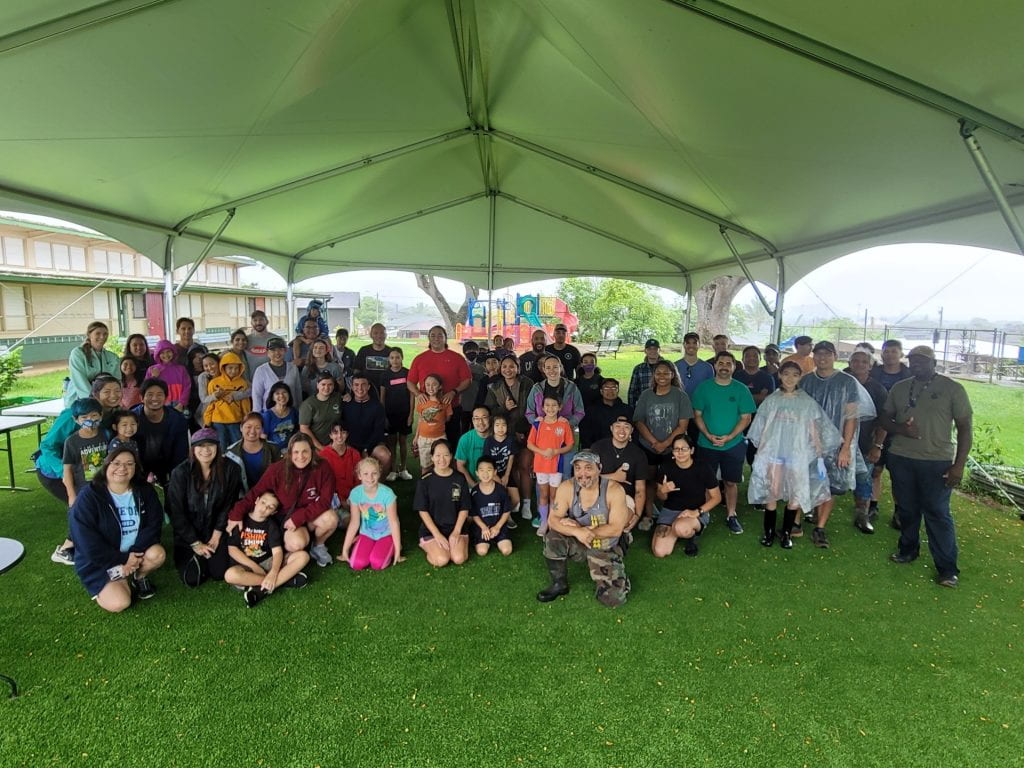Good natured; not easily provoked; good humored as applied to a nature of ease and cheerfulness.
Andrews L., Parker H.H. A Dictionary of Hawaiian Language
In 1993, nearly two generations ago, I began my journey as an educator, teaching 9th grade Physical Science Y at Kailua High School. The “Y” meant students were segregated purportedly by “ability,” “X” being the “high” group and “Y” the “low.” As a newcomer to the school, it seemed to me that students were segregated less by their intelligence, and more by other qualities such as exposure to science, zip code and ethnicity. This disparity was obvious to more than just me, the kids knew it as well.
Just before the first period of the first day of school, my students raucously made their way into class as I greeted them at the door and showed them where to sit. Most of the students behaved like old friends, shaking hands, nodding heads, and smiles of acknowledgment. The tardy bell rang with just one seat vacant. Then as I turned to the chalkboard (yes – legit chalk back then) I spied a short boy of Japanese decent peaking into the door. I bade him in but before I could confirm his name, a loud, rowdy voice shouted, “Eh! You in the wrong class! Japanese kids next door!” I quickly turned my head to face the largest freshman I’d ever seen, a boy of Hawaiian descent, pouring out of his too small seat, sporting a goatee and sparkling, wary eyes. He pointed towards the “X” class. I quickly and embarrassingly said “no, no, hold on.” And asked the boy at the door for his name. I confirmed he was in our class and showed him to his seat.
Later I took a look next door to see a class filled with students of white and Asian ancestry. My class on the other hand was filled with kids largely from Waimanalo and of Hawaiian descent. Just a few days into my teaching career and I vowed to change this gross inequity.
Thankfully, my neighbor who taught Physical Science X was also fairly new to the school and not entrenched into the existing structure. He easily became convinced a change needed to be made. We agreed to untrack the course the next school year thus creating a more diverse mix of students in each class. Beyond feeling this was the right thing to do, we discovered greater benefits resulting from untracking. Students’ academic performance increased so much that we could no longer detect a difference between students based on where they lived. Further, student behavior immediately improved. Students no longer felt like a “Y” student, no longer ashamed for being labeled “low”, no longer feeling stupid.
Unfortunately, it would be many more years before 10th grade biology followed suit with one of the teachers proclaiming, “these kids will never go to college!” To which I sniped, “Who are you to decide that for them?”
Yesterday, in her closing remarks to the graduates, one of my daughter’s bioethics professors declared, “May you forever be burdened by your knowledge of the inequities in the world. Now go out and do something.” And it reminded me of my attempts to do something as a young teacher and how my approach has changed as an older school leader. If I had approached my resistant colleagues with aloha, uncovering the lokahi we share and showing ʻoluʻolu, would change have come more quickly? Perhaps like my students who behaved better when treated with dignity, my colleagues may have been more receptive if I did not vilify them. Perhaps they’d have been more willing to change if I instead enlisted them as champions for our students. Perhaps they’d have been more willing to go out and do something.
To show ʻOLUʻOLU,
- Stay true to your values;
- Remain strong; and
- Speak and act in kindness.
5 PURSUITS of ʻOLUʻOLU:
Inspired by Gholdy Muhammad
Please watch this: Ho’onani: Hula Warrior written by Heather Gale and illustrated by Mika Song.Then with you child, answer the following:
IDENTITY: What role does music and dance play in your culture? Who are the people in your life who are most passionate about music and/or dance? Interview one of them and ask how it makes them feel and what it makes them think.
SKILLS: Hoʻonani’s character is based on a real personwho faced a similar challenge. So, what genre of literature would this be classified as? Fiction? Non-fiction? Something else?
INTELLECT: In this story, Hoʻonani identifies as māhū, embracing both masculine and feminine traits. In nature, many animals possess different gender traits, sometimes even changing their gender in order to survive. For example, some species of butterflies change their gender in order to increase their chances of surviving cold winters. Research an animal that changes their gender.
CRITICALITY: In the introduction the authors share their hope that we might follow the Hawaiian tradition of showing “every person the same unconditional acceptance and respect.” How might you show unconditional acceptance and respect to others?
JOY: Ho’onani shows ʻoluʻolu when she reminds herself to be “strong, sure, and steady.” What do you say to yourself to give yourself courage?
MAHALO NUI LOA: 4TH Grade ʻOhana Camping & Hōʻike
Thank you to our dedicated 4th grade team for braving the mud and rain to put on a family camping and service event at ʻĀina Aloha o Na Lima Hana, our community partner. A huge mahalo goes out to our students and their families for joining in this building of community, centered around celebrating our studentsʻ learning. Thank you also to Uncle Mark, Aunty Lina, and their ohana for hosting this wonderful and meaningful event.
MAHALO NUI LOA: Campus Beautification #2
A huge thank you goes out to Jolyn Kresge, Wali Camvel, and Dee Fujinaka for organizing our second Campus Beautification event, continuing the efforts to create our Peace Trail, restore Puʻu Makani, and give Kāneʻohe Elementary much needed love. Our Navy Partners and their families came out in full force along with Uncle Estria of Mele Murals, members of our staff, and many families and students who showed akahai to our campus.
SBA TESTING
We finalize our Smarter Balanced Assessment (SBA) testing this week, ending on May 19, 2023. Please ensure your child
- has a good nightʻs rest;
- eats a healthy breakfast;
- bring their headphones to school; and
- is on time for school.
Tardy students cannot take the SBA on the day they are tardy.
Depending on our completion status, we will restart our daily virtual piko on Thursday, May 18.
UPCOMING EVENTS
| Apr 25 – May 19, 2023 | Smarter Balance Testing at Kāneʻohe ElementaryNo piko |
| Thur, May 25, 2023 | 6th Grade Promotion Ceremony |
| Fri, May 26, 2023 | Awards CeremonyLast day of school |


